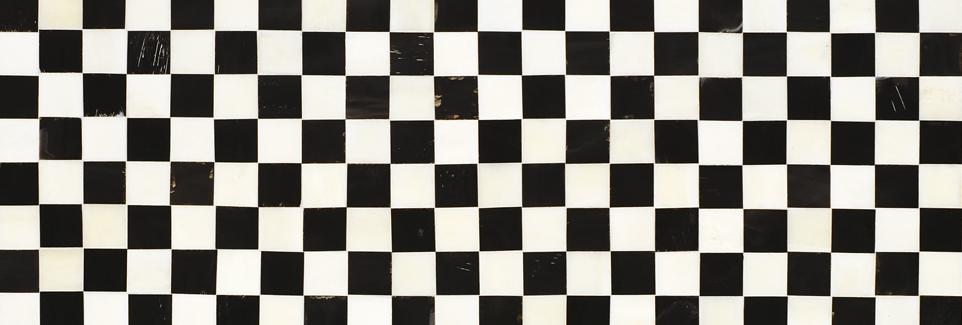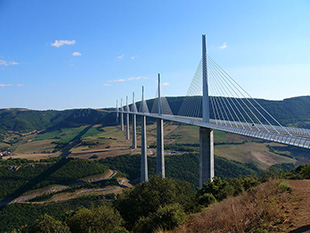












However, the Ancient Romans did not use that term per se; it is a modern derivation from an analogy with aqueduct. Like the Roman aqueducts, many early viaducts comprised a series of arches of roughly equal length. Viaducts may span land or water.
Many viaducts over land connect points of similar height in a landscape, usually by bridging a river valley or other eroded opening in an otherwise flat area. Often such valleys have roads descending either side (with a small bridge over the river, where necessary) that become inadequate for the traffic load, necessitating a viaduct for through traffic. Such bridges also lend themselves for use by rail traffic, which requires straighter and flatter routes.
Viaducts over water are often combined with other types of bridges or tunnels to cross navigable waters. The viaduct sections, while less expensive to design and build than tunnels or bridges with larger spans, typically lack sufficient horizontal and vertical clearance for large ships.
The Millau Viaduct is a cable-stayed road-bridge that spans the valley of the River Tarn near Millau in southern France. Designed by architect Norman Robert Foster, in collaboration with French bridge engineer Michel Virlogeux, it is the tallest vehicular bridge in the world, with one pier's summit at 343 metres (1,125 ft) - slightly taller than the Eiffel Tower and only 38 m (125 ft) shorter than the Empire State Building. It was formally dedicated on 14 December 2004 and opened to traffic two days later. The bridge, according to many observers, is one of the most breathtaking ever built.
In Romance languages, the word viaduct refers to a bridge which spans only land. A bridge spanning water is called ponte.
By Appointment
DE FERRANTI
South Park Studios - Suite 10
88 Peterborough Road, London SW6 3HH
United Kingdom